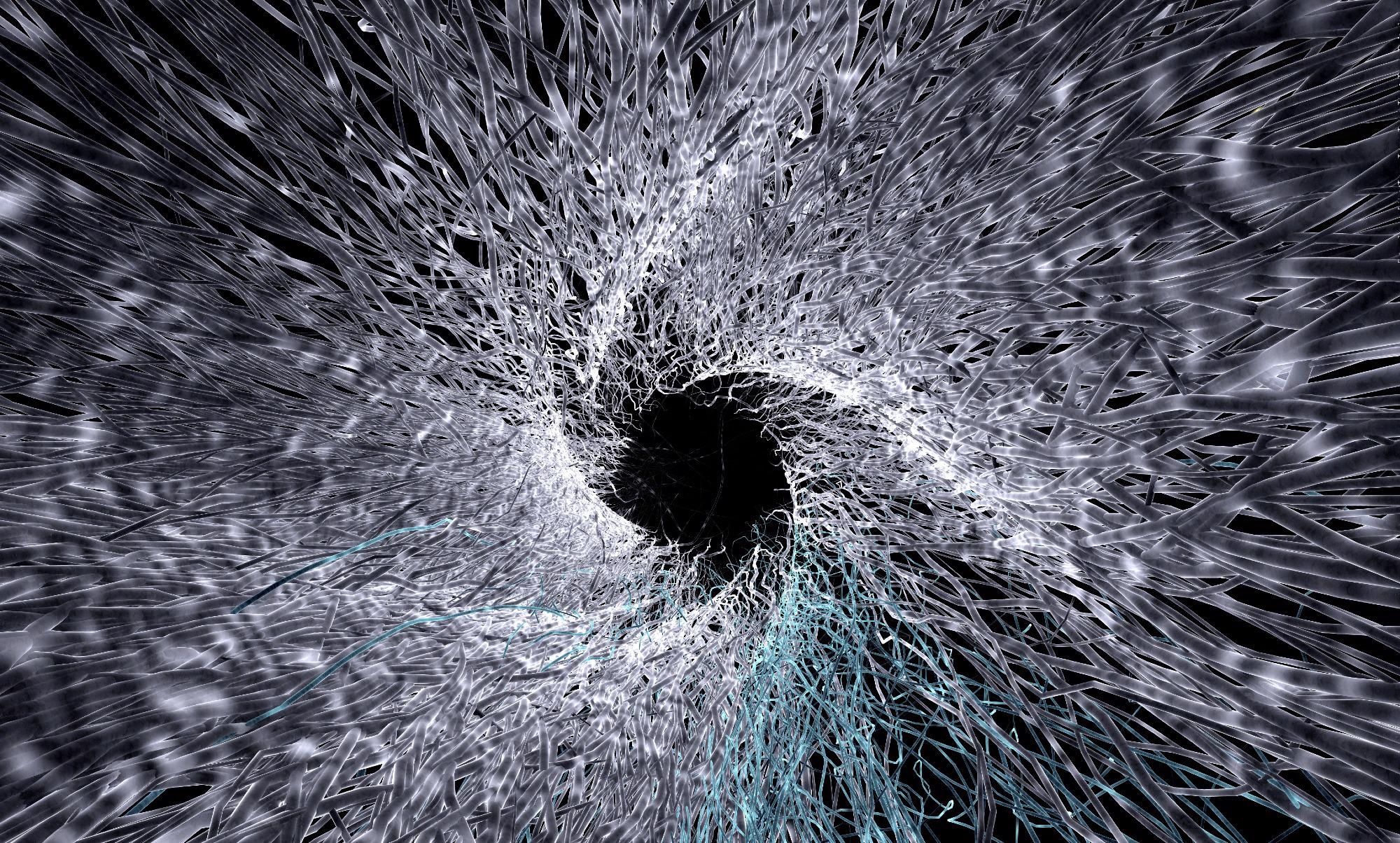Mar 25 2021

Image Credit: whitehoune/shutterstock.com
Nanofibers, which are imbued with unique mechanical, electric, and other physical properties because of their small size, are regarded as the cutting-edge technology in water quality control, clean energy, and biomedical engineering, among others.
Scientists in Italy and the United Kingdom have now designed an automatic process to evaluate the quality of nanofiber fabrication, generating 30% more precise results than the methods being used today.
The study results were published in the IEEE/CAA Journal of Automatica Sinica, a collaborative publication of the IEEE and the Chinese Association of Automation, in January 2021.
In recent years, nanostructured materials have gained continuously growing interest both in scientific and industrial contexts, because of their research appeal and versatile applications. Nanofiber applications success requires special care be paid to the quality of nanomaterial and the generation process.
Cosimo Ieracitano, Study Author and Research Fellow in Neurolab Group, Department of Civil Engineering, Energy, Environment and Materials, University Mediterranea of Reggio Calabria
To produce nanofibers, a high voltage is applied to a syringe comprising a spinning collector and a polymer solution. The solution, fueled by the electric charge, oozes out onto the collector and forms into nanofibers.
For a product requiring uniformity—for instance, a nanofiber designed as scaffolding to culture cells will lead to an irregular growth if it has a hole or a lump, or it may not be able to grow any cells if it has a film over it—the present production process is quite disordered.
To avoid anomalies, technicians track the production of fibers with the help of a scanning electron microscope that can accurately establish the topography of the fibers, and also their composition. The technicians then visually checked the images.
According to Ieracitano, it is a laborious process that relies on humans, who can become exhausted and make errors.
In the production chain of nanomaterials, a crucial step is to practically implement automation in the defect-identification process to reduce the number of laboratory experiments and the burden of the experimentation phase.
Cosimo Ieracitano, Study Author and Research Fellow in Neurolab Group, Department of Civil Engineering, Energy, Environment and Materials, University Mediterranea of Reggio Calabria
The researchers developed a two-part automatic process for homogenous nanofibers. An autoencoder—a kind of machine-learning software—chops the images acquired with the scanning electron microscope into smaller pieces and converts them into code. That code is made into more fundamental versions of the original images, decreasing the computing power but still emphasizing any existing anomalies.
Yet another machine-learning processor evaluates the image, searching for any structural defects. If it detects one, it rejects the nanofiber as a defective piece.
Notably, the proposed system outperforms other standard machine-learning techniques, as well as other recent state-of-the art methods, reporting an accuracy of up to 92.5%.
Cosimo Ieracitano, Study Author and Research Fellow in Neurolab Group, Department of Civil Engineering, Energy, Environment and Materials, University Mediterranea of Reggio Calabria
The methods used today are usually 64% to 66% precise.
Journal Reference:
Ieracitano, C., et al. (2021) A Novel Automatic Classification System Based on Hybrid Unsupervised and Supervised Machine Learning for Electrospun Nanofibers. IEEE/CAA Journal of Automatica Sinica. doi.org/10.1109/JAS.2020.1003387.